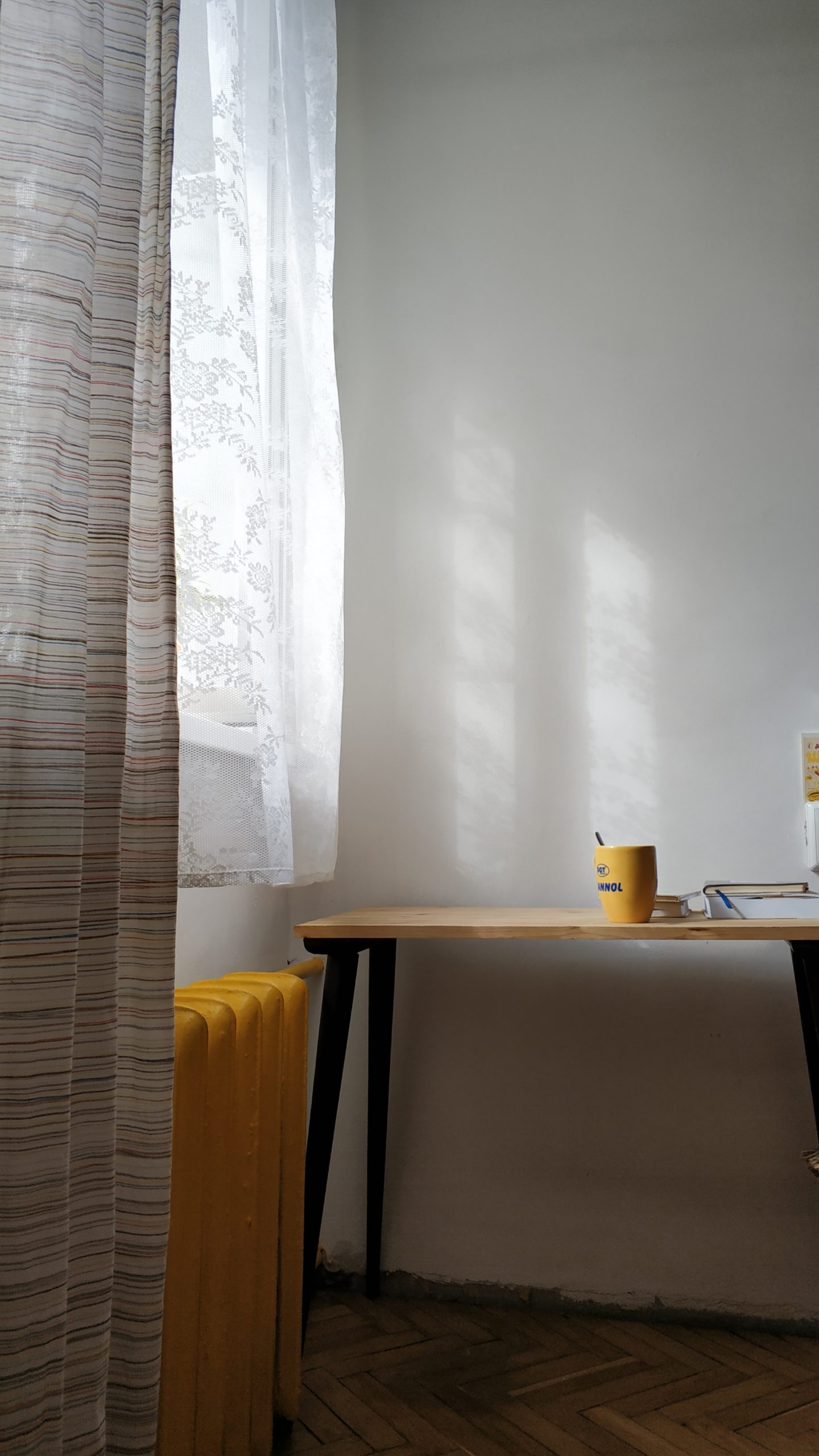We all want to save money, especially at the moment when gas and electric prices are, quite literally, going through the roof.
Fortunately, there are plenty of things that you can do to save money on your heating bills, and we have covered those in other blogs. However, here, we will look at thermal imaging: tips for and uses in the home to save energy.
Where can you get thermal imaging equipment from?
You may be wondering where you can get thermal imaging equipment from, and the answer is simple: PASS. You can visit their website by clicking here
Who are PASS?
PASS is a UK based company that has been around for more than twenty years. They stock thermal imaging equipment and more than 10 000 products from some of the top manufacturers across the world. Whether you are looking for environmental and temperature equipment or gas, HVAC and plumbing tester equipment, they will have it. If you are looking for thermal imaging: tips for and uses in the home to save energy, they are the people to go to.
Knowledge and support
PASS know their stuff when it comes to thermal imaging equipment and other testing equipment such as voltage testers and carbon monoxide detectors. As well as stocking the items, they have all the information you need to choose the right products for the task, and their team of in-house technical support can help with any questions you may have about the equipment and how you use it.
Thermal imaging: tips for and uses in the home to save money
Thermal imaging is a critical quality control measure while building, inspecting, renovating, or auditing a property since it detects heat loss that is invisible to the naked eye. Thermal imaging camerasare a well-known inspection tool for revealing critical information such as heating problems and drafts, highlighting where energy efficiency improvements are required.
For greater accuracy, heat loss detection using a thermal imager should be performed in the evening when the weather is cooler, and the heater is turned on. Thermal imagers will display places where warm air departs based on temperature differences and locate the points where heat loss occurs under these conditions.
Other uses for thermal imaging
The accumulation of damp jeopardizes buildings in the long run. Moisture slowly and steadily deteriorates the walls from the inside, undetected by human sight. The water that causes this is sometimes caused by roof leaks or flooding incidents.
Thermal imagers aid in the location of moisture sites; they do not see the moisture itself, but they observe the consequences of humidity, such as how the thermal signature of moist surfaces differs from that of dry surfaces of similar material.
The image created by thermal imaging cameras will indicate damp areas as darker areas, assisting inspectors in detecting areas of concern, after which additional study with a moisture meter can be carried out.
 24 March 2022
24 March 2022  3min to read
3min to read 
Comments